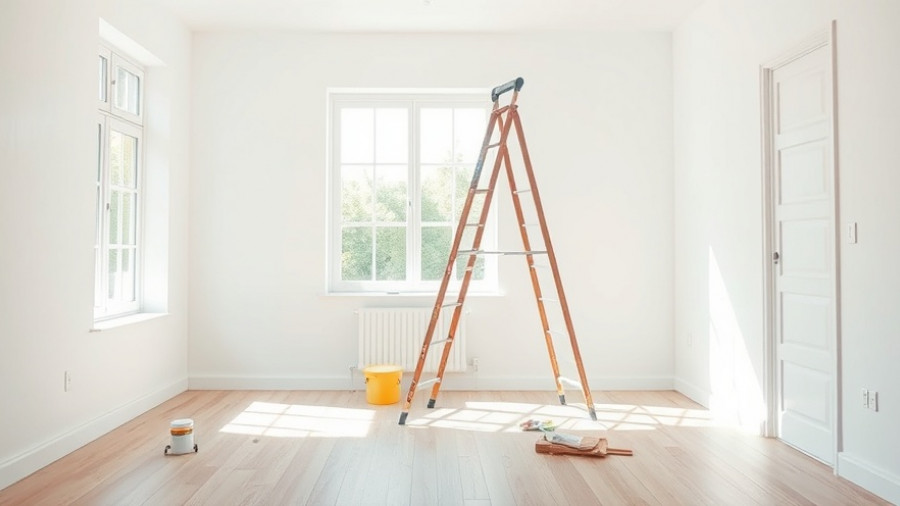
Understanding Financing for House Flipping Projects
If you’re diving into the world of real estate and planning to flip a house—buying, renovating, and then selling for a profit—it’s crucial to grasp your financing options. Unlike long-term mortgages for primary residences, funds for flipping homes operate on a short-term basis. This means understanding the specific needs associated with financing a flip can make all the difference.
Key Differences in Flipping Financing
House flipping financing is unique. Lenders are more inclined to focus on the property’s potential value post-renovation (known as after-repair value or ARV) rather than just the borrower’s income. Quick sales are necessary to maximize profits, as prolonged renovations can incur extra costs for taxes, insurance, and utilities.
Major Costs Associated with House Flipping
Before settling on a loan, recognizing your project's costs is vital:
- Acquisition Costs: This is the purchase price of the home.
- Renovation Costs: These include materials, labor, and any unexpected repairs.
- Holding Costs: Throughout the renovation, you’ll be responsible for interest, taxes, insurance, and utilities.
- Selling Costs: This involves agent commissions, closing costs, and marketing.
Exploring Loan Types for House Flips
Choosing the right loan could determine your project's success. Here are a few common financing options:
Hard Money Loans
These loans are best for experienced flippers needing quick financing, with terms typically lasting from six to 24 months. They usually come with interest rates between 8% to 15%. The appeal lies in rapid approvals and flexibility, though they also carry high fees and short timelines, increasing risks if projects encounter delays.
Fix-and-Flip Loans
Ideal for those requiring funds for both purchasing and renovating, these loans have terms that generally range from six to 18 months with rates around 8% to 14%. Their flexibility in structure can assist in covering large expenses.
Home Equity Loan
Homeowners may tap into their existing equity for flips, enjoying lower interest rates ranging from 6% to 10%. However, this option places your home at risk and demands strong credit.
Finding the Right Financing Fit
Ultimately, the right financing option not only facilitates your project but also supports your budget and business goals. Understanding each loan type’s risks and benefits empowers investors to make informed decisions.
Get Started with Your House Flipping Journey!
For home improvement companies and small business owners, successfully financing a fix-and-flip project involves understanding all these intricacies. Dive into your next project with confidence by ensuring you have the right financial tools at your disposal!
 Add Row
Add Row  Add
Add 




Write A Comment